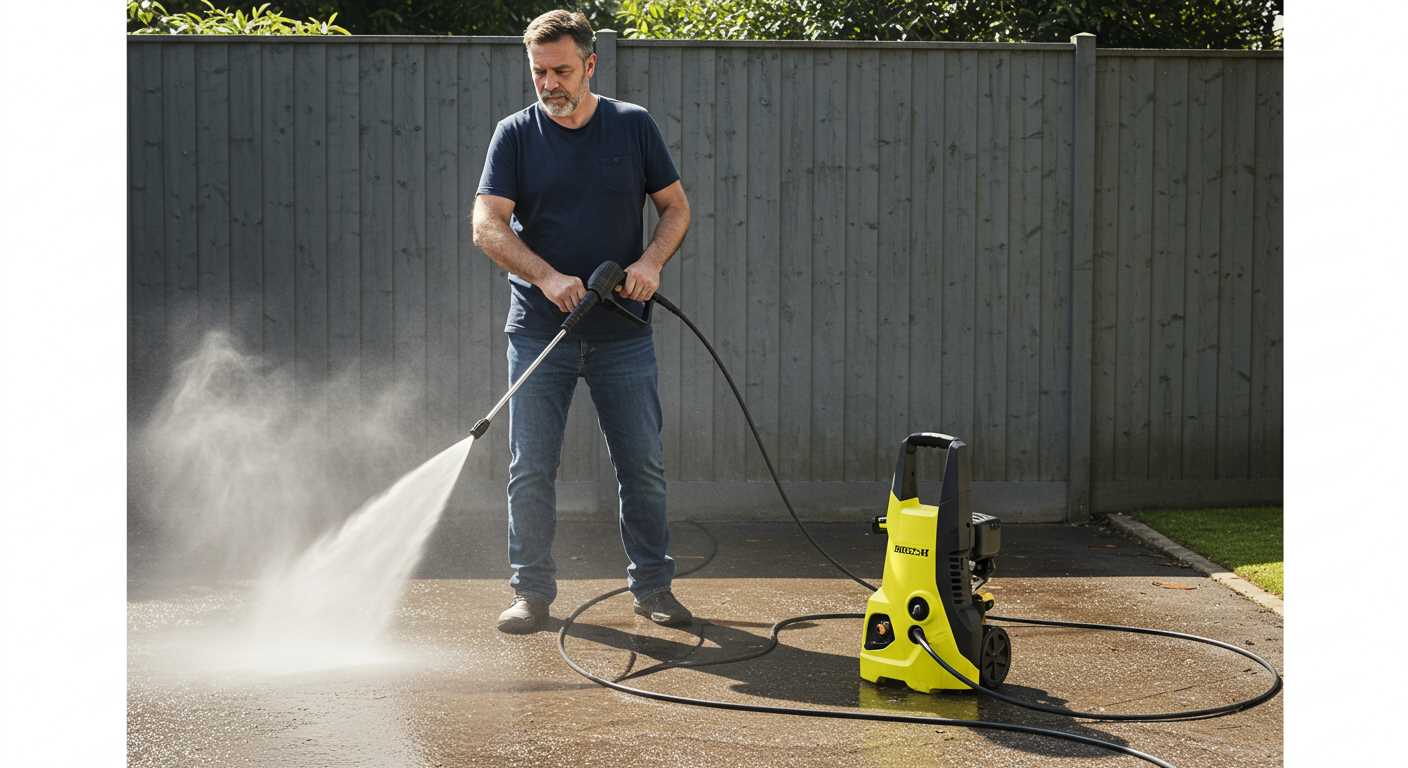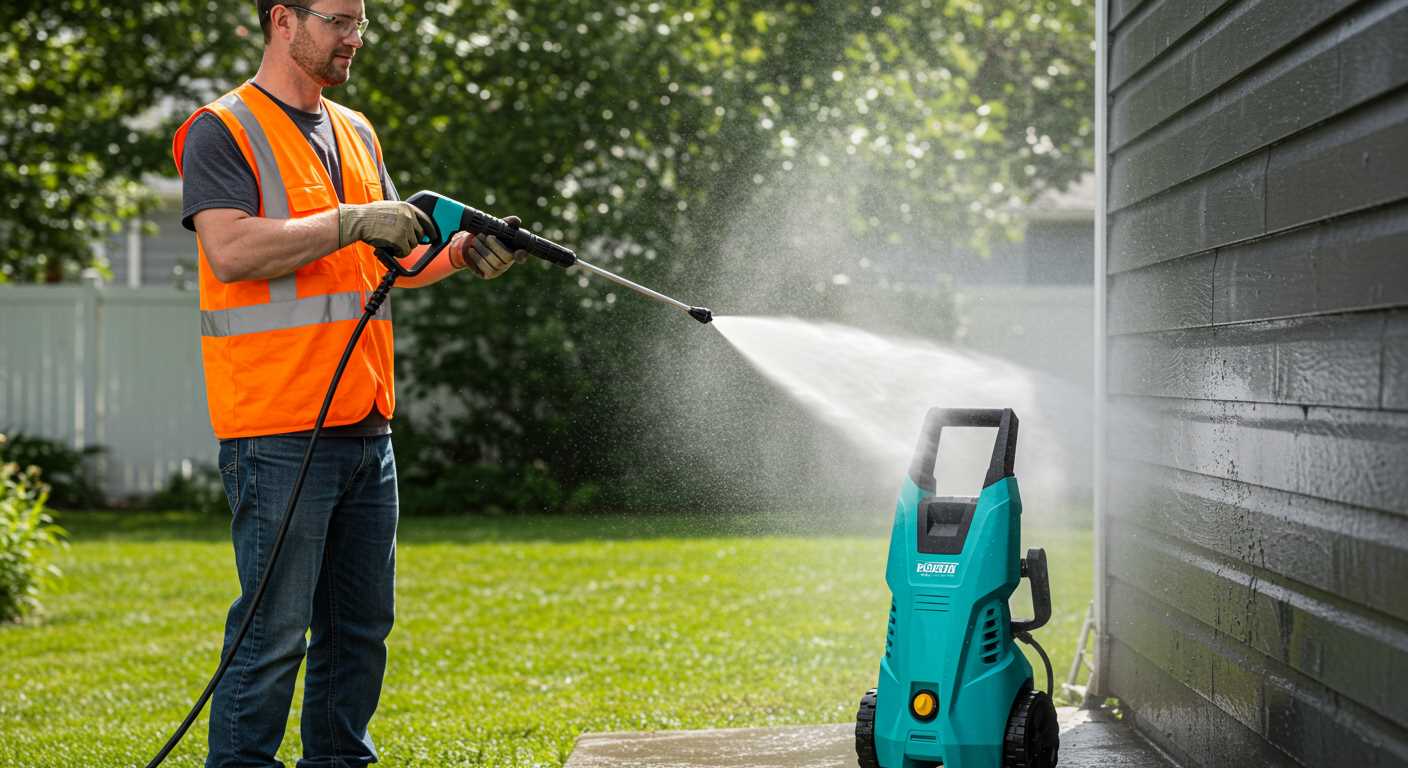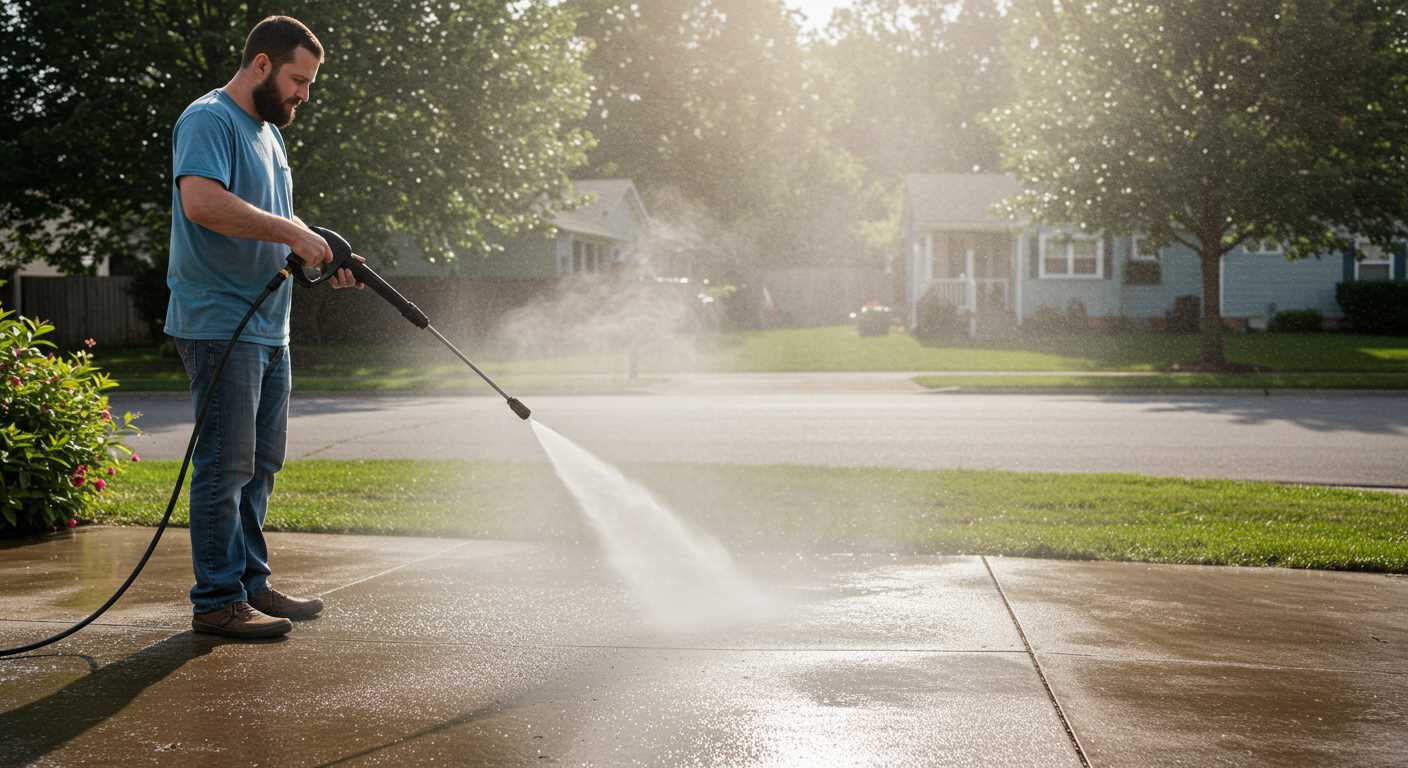



Opt for a model designed with noise reduction features. Many manufacturers now incorporate quieter motors and vibration-dampening technology. Checking specifications can often reveal low decibel ratings, a key factor when seeking a more serene cleaning experience.
Utilise soundproofing materials to dampen the noise produced during operation. Acoustic foam or sound-absorbing mats can be placed under your device, minimising vibrations that contribute to the overall volume. Surrounding the area with a custom enclosure can also significantly reduce audible levels.
Implement a longer hose. By increasing the distance between the unit and the work area, you can effectively reduce the intensity of the sound that reaches you and your neighbours. A longer hose allows for greater mobility without sacrificing comfort.
Regularly maintain your unit. Ensuring that all components are in good condition can help prevent excessive noise caused by wear and tear. Lubricating parts and tightening any loose elements can make a noticeable difference in performance and sound levels.
Finally, consider the time of day you choose to operate your cleaning device. Scheduling your tasks during daytime hours can prevent disturbances to others, as noise levels may go unnoticed amidst the general sound of the day.
Choose a quieter model or design
Opting for a low-noise variant is one of the most efficient strategies. Look for units that feature brushless motors. These tend to operate with less friction and produce significantly lower sound levels compared to traditional designs. Additionally, select electric models as they generally generate less noise than their gas-powered counterparts.
Noise Ratings
Pay attention to the decibel (dB) ratings. A model with a rating below 80 dB is considered relatively quiet. Brands often specify noise levels in product descriptions, allowing for informed decisions. Models engineered with sound-dampening technology can also help minimise disturbance.
Sound Insulation Features
Some machines come with added insulation or special housing designs aimed at absorbing sound waves. These can make a noticeable difference when in operation. Investigating customer reviews can also reveal insights about operational noise levels that aren’t always highlighted by manufacturers.
Add sound insulation materials

I recommend incorporating sound insulation materials around the machine housing. Options include acoustic foam panels, mass-loaded vinyl, or soundproofing curtains. These materials can significantly dampen the noise emitted during operation.
Placement of sound insulation
Position acoustic foam panels strategically on walls or surfaces surrounding the equipment. Ensure that the materials don’t obstruct ventilation openings to avoid overheating. Mass-loaded vinyl can be applied directly onto the exterior of the machine or used as a barrier between the unit and any adjacent structures.
Custom enclosures
Consider building a custom enclosure using soundproofing materials. Design it with adequate airflow and access for maintenance. An enclosure not only helps in noise reduction but also protects the machinery from the elements, prolonging its lifespan.
Modify the Exhaust System
One effective approach involves altering the exhaust arrangement. By replacing the standard exhaust system with a more efficient or quieter aftermarket option, significant noise reduction can be achieved. Look for mufflers designed specifically for reducing sound levels.
Consider using a larger diameter exhaust pipe to allow for improved airflow while simultaneously dampening the sound. Additionally, incorporating a resonator can help eliminate specific sound frequencies that contribute to the overall noise.
In operations where portability is key, ensure that any modifications still allow for easy transportation and do not compromise the equipment’s overall performance. Below are some practical steps and considerations:
| Modification | Description |
|---|---|
| Muffler Replacement | Swap the stock muffler for one that features advanced noise-reduction technology. |
| Resonator Addition | Install a resonator to cancel out unwanted sound frequencies. |
| Pipe Upgrades | Use wider exhaust pipes to improve airflow and lower noise levels. |
| Sound Baffles | Add internal or external baffles to mitigate the exhaust noise further. |
Ensure that any changes comply with local noise regulations. Testing the equipment after modifications is crucial to ascertain both performance and noise reduction effectiveness. This hands-on approach will contribute to a more pleasant operational experience.
Use a noise-reducing muffler
Installing a noise-reducing muffler can significantly diminish sound levels produced by your equipment. Opt for a model designed specifically for high-pressure applications to ensure compatibility and performance.
Here are key steps and tips for this enhancement:
- Identify the type of muffler suitable for your machine; straight-through or chambered designs often yield the best results.
- Check the specifications of your equipment to match the inlet and outlet sizes of the new muffler.
- Secure all fitting points using high-quality exhaust clamps to prevent leaks that can counteract noise reduction efforts.
- Consider additional sound-dampening materials, like acoustic foam around the muffler, to further absorb necessary sound waves.
- After installation, run the unit and observe any changes; adjustments might be necessary for optimal performance.
Utilising a noise-reducing muffler can create a more pleasant working environment while maintaining the effectiveness of your cleaning tasks.
Keep the Pressure Cleaner Serviced
Regular maintenance is vital for reducing noise levels. A well-serviced unit operates more smoothly and quietly. Start with checking the oil level and replacing it if necessary, as old oil can cause the engine to work harder, increasing noise. Ensure air filters are clean; clogged filters restrict airflow, leading to excess engine noise.
Inspect the pump for any signs of wear or leaks. A faulty pump not only produces unwanted sounds but also decreases efficiency. Use manufacturer-recommended lubricants on moving parts to minimise friction and noise. Schedule routine inspections to address minor issues before they escalate, keeping your equipment in top condition.
Keep the unit clean; debris buildup can lead to overheating and increased operational sounds. Make it a habit to clear any dirt or grime from the components after use. Lastly, following the manufacturer’s service schedule can significantly extend the life of your machine and contribute to a quieter operation.
Limit Operating Pressure and Flow Rate

Reducing the operational pressure and flow rate can significantly minimise noise levels from your cleaning equipment. Consider adjusting the settings to operate at lower PSI and GPM. For instance, if your model allows, aim for a pressure range of 1000-1500 PSI instead of the maximum capability. This not only reduces sound intensity but also decreases water usage, making it more eco-friendly.
Furthermore, if I were to recommend specific nozzles, a fan spray or wider setting can help achieve thorough cleaning while emitting less noise. The increase in spray dispersion spreads the water force, lowering the impact sound. Regularly testing different combinations of pressure and flow rates will assist in finding the optimal volume for your cleaning tasks.
Ultimately, consistently operating at a lower pressure without compromising effectiveness can lead to quieter performance and a longer lifespan for the equipment. It’s a win-win that benefits both the user and the environment.
Consider Using Sound Barriers or Enclosures

Constructing barriers or enclosures can significantly reduce noise levels during operation. Implementing these solutions allows for a more peaceful environment while using powerful cleaning equipment.
Here are some practical approaches:
- Soundproof Fencing: Installing a solid fence made of sound-dampening materials, like treated timber or concrete, can help block noise from surrounding areas.
- Enclosed Structures: Building a designated shelter for the unit using insulated panels minimises sound emissions. Ensure proper ventilation to avoid overheating.
- Acoustic Curtains: Utilising heavy, sound-absorbing curtains around the area can dampen sound reflection, further lowering perceived noise levels.
- Sound Dampening Material: Inside these enclosures, lining walls with materials such as foam panels or carpets will absorb sound and enhance noise reduction.
Pay attention to local regulations regarding noise levels, especially if operating in residential areas. Monitoring the environment helps ensure compliance while maintaining a quieter workspace.







